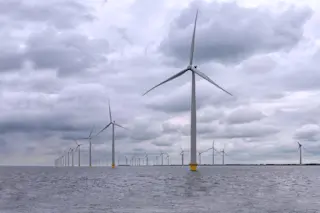The solar industry was off to a hot start last January as manufacturers worldwide were churning out photovoltaic panels in record numbers. But by summer the boom in supply had given way to a spectacular bust in demand. Start-up Solyndra very publicly defaulted on a $535 million Department of Energy (DOE) loan in August, joining two other American solar-energy ventures in bankruptcy. Solyndra officials and a handful of politicians blamed cutthroat prices in China, coupled with declining demand in cash-strapped Europe, which represents 80 percent of the world’s solar market.
But the truth is more complicated. China’s outsize solar subsidies may make it harder for American solar companies to compete, but they have also helped drive down the cost of solar panels by 30 percent since 2010. The problem is that declining prices have done little to solve solar energy’s efficiency problem. Most photovoltaic panels on the market today convert ...















